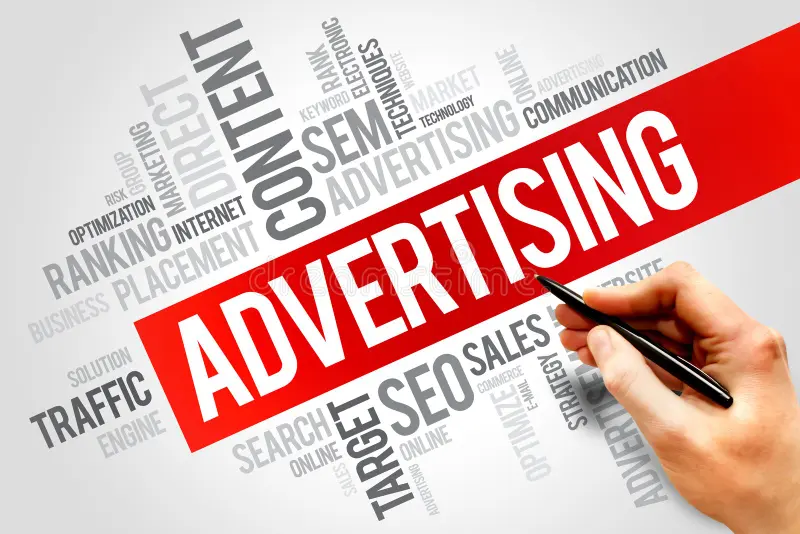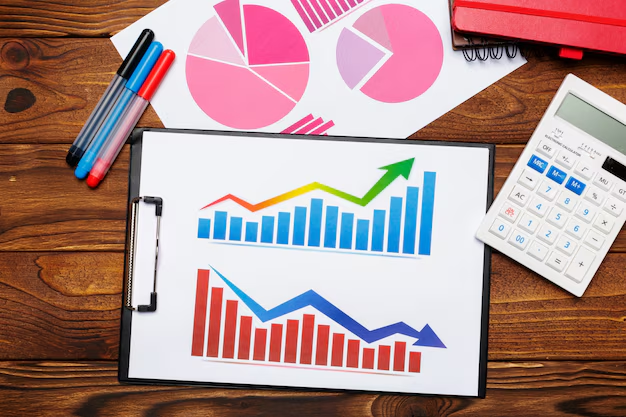
In digital advertising, connecting upper-funnel awareness to last-click results is critical for a successful campaign. While most brands are quick to measure success through lower-funnel, conversion-focused metrics, savvy advertisers know that high-performing Demand-Side Platforms (DSPs) and Supply-Side Platforms (SSPs) drive value across the entire customer journey, impacting those final clicks in ways that often go unseen. Here’s a look at some of the top DSPs and SSPs, and how they support these intangible, yet crucial, upper-funnel efforts.
Leading Demand-Side Platforms (DSPs) for Upper-Funnel Success
- The Trade Desk
Known for its robust data-driven approach and high degree of targeting flexibility, The Trade Desk helps advertisers access premium inventory across the open web. With extensive measurement tools, it’s a top choice for marketers looking to drive awareness and consideration before consumers are ready to convert. The Trade Desk’s lookback windows and cross-device reach ensure that upper-funnel exposure does more than just drive brand awareness; it pushes users further down the funnel in a measurable way. - Google Display & Video 360 (DV360)
As Google’s premium DSP, DV360 offers access to Google’s extensive ad network, YouTube inventory, and exclusive measurement tools. Its strong integration with Google Analytics allows advertisers to understand how early interactions impact conversions later on. DV360 is particularly useful for brands focused on both the visual and video-heavy upper funnel, with data that ties back to end-of-funnel results. - Amazon DSP
Ideal for retail-focused brands, Amazon DSP is powerful for driving awareness with high-intent users. By leveraging Amazon’s unique shopper data, this platform creates a clear pathway from early impressions to final sales, bridging the awareness-to-purchase gap. Amazon DSP also shines in creating retargeting audiences based on upper-funnel interactions, allowing advertisers to re-engage users as they move closer to conversion. - MediaMath
MediaMath is well-known for its advanced AI capabilities and rich data integration. With powerful predictive models, it helps brands reach customers at the discovery stage, ensuring early engagement translates into valuable data for future retargeting. MediaMath’s comprehensive reporting provides a clear view of how upper-funnel campaigns impact last-click results, giving brands insights into the entire customer journey. - AdRoll
Specializing in retargeting, AdRoll is perfect for brands that want to drive top-of-funnel traffic and follow it through to conversion. With a broad reach and easy integration with e-commerce platforms, AdRoll combines upper-funnel awareness with effective retargeting campaigns. Its multi-touch attribution reports reveal how early engagements shape the user’s path to the final conversion.
Top Supply-Side Platforms (SSPs) for Enhanced Upper-Funnel Engagement
- PubMatic
PubMatic’s strength lies in its high-quality inventory and emphasis on transparency. It offers access to premium publishers, ensuring your ads are shown to engaged audiences in trusted environments. Its robust data tools make it easy to understand how upper-funnel impressions impact user actions and drive value throughout the customer journey. - Magnite
A major player in the SSP space, Magnite (formerly known as Rubicon Project) provides deep data insights and a wide selection of premium inventory. Magnite’s transparency and commitment to brand safety ensure upper-funnel ads appear in brand-safe environments, enhancing credibility and audience trust. Its reporting tools also help brands understand how these impressions later translate into lower-funnel actions. - OpenX
OpenX stands out with its audience-first approach and high ad quality. Known for delivering high-impact formats, it is highly effective for brands aiming to drive awareness and consideration. OpenX’s data integration and audience insights enable brands to measure the ripple effect of top-funnel exposure, ensuring that awareness campaigns continue to pay off later in the journey. - SpotX
For brands looking to break into video advertising, SpotX is a leader in video SSP solutions. Its reach across CTV and OTT platforms makes it a great choice for engaging upper-funnel audiences in premium video content. With its focus on brand-safe, high-quality placements, SpotX ensures that video impressions serve as the first step in a consumer’s journey, priming them for later engagements. - Index Exchange
Index Exchange is known for its transparent, user-friendly SSP platform, offering direct connections to premium publishers. This transparency in inventory and bidding data allows brands to measure the full impact of upper-funnel campaigns, especially when layering in custom data or unique audience segments.
Why Upper-Funnel Exposure Matters for Last-Click Results
While DSPs and SSPs are primarily associated with targeting and data, their role in building brand affinity early on has a powerful impact on conversion metrics. By serving ads that focus on awareness and consideration, these platforms help brands plant a seed in the consumer’s mind—often without an immediate action. This initial exposure not only establishes brand presence but also builds trust and recognition, making consumers more likely to engage when they encounter a lower-funnel ad later.
Top-performing DSPs and SSPs can help brands leverage unique, first-party data, retargeting capabilities, and cross-platform reach, allowing advertisers to reinforce messaging throughout the customer journey. These intangible benefits of upper-funnel investments result in higher quality last-click actions, giving advertisers a full-funnel approach to drive better overall ROI.
Conclusion
Working with the right DSPs and SSPs for upper-funnel advertising is essential to create a seamless path from awareness to conversion. Platforms like The Trade Desk, DV360, Amazon DSP, PubMatic, and Magnite bring an unmatched combination of quality reach, transparency, and data-rich insights that support each stage of the customer journey. While last-click metrics are key to campaign evaluation, upper-funnel activities power these final actions and can be a game-changer in driving brand growth.
